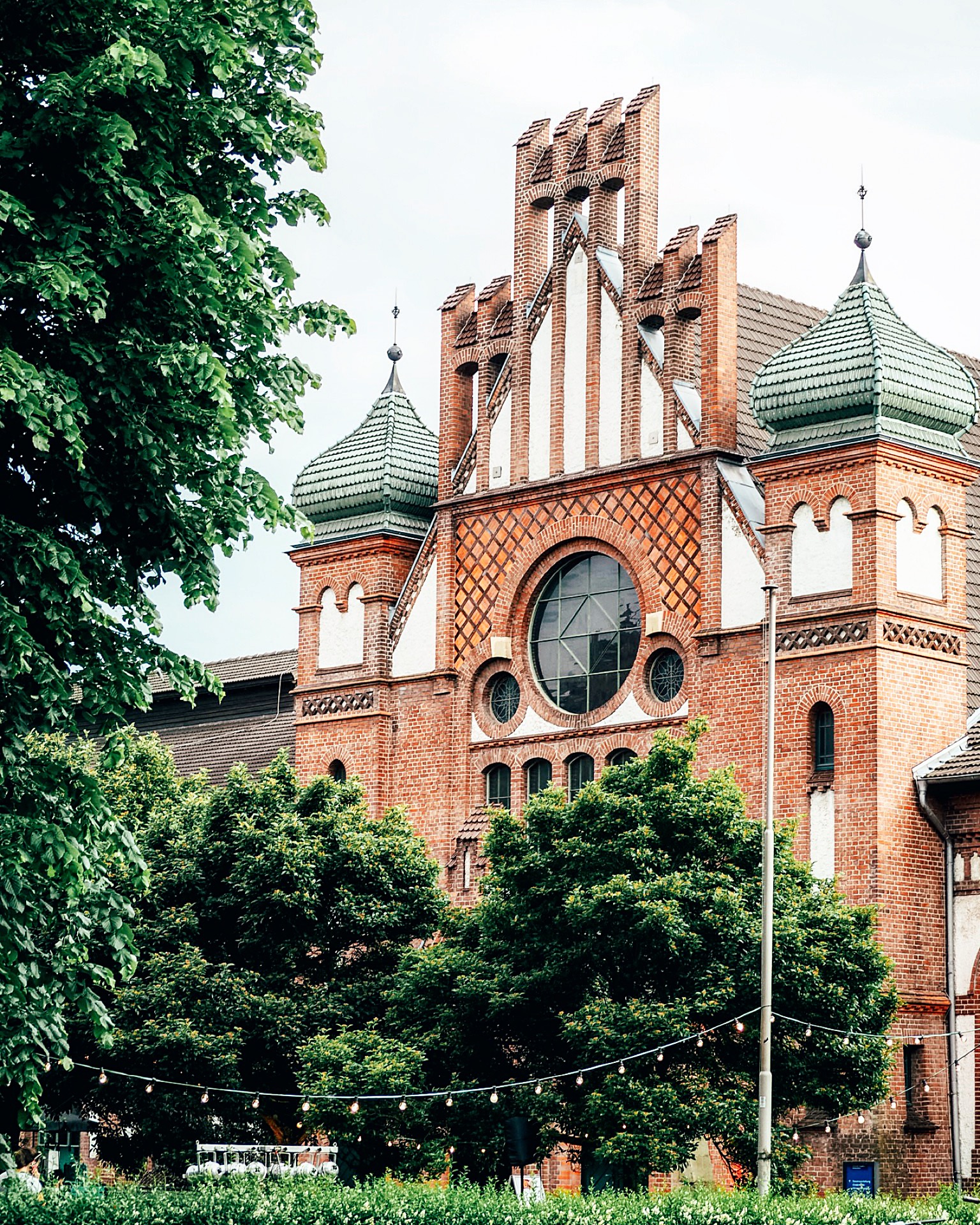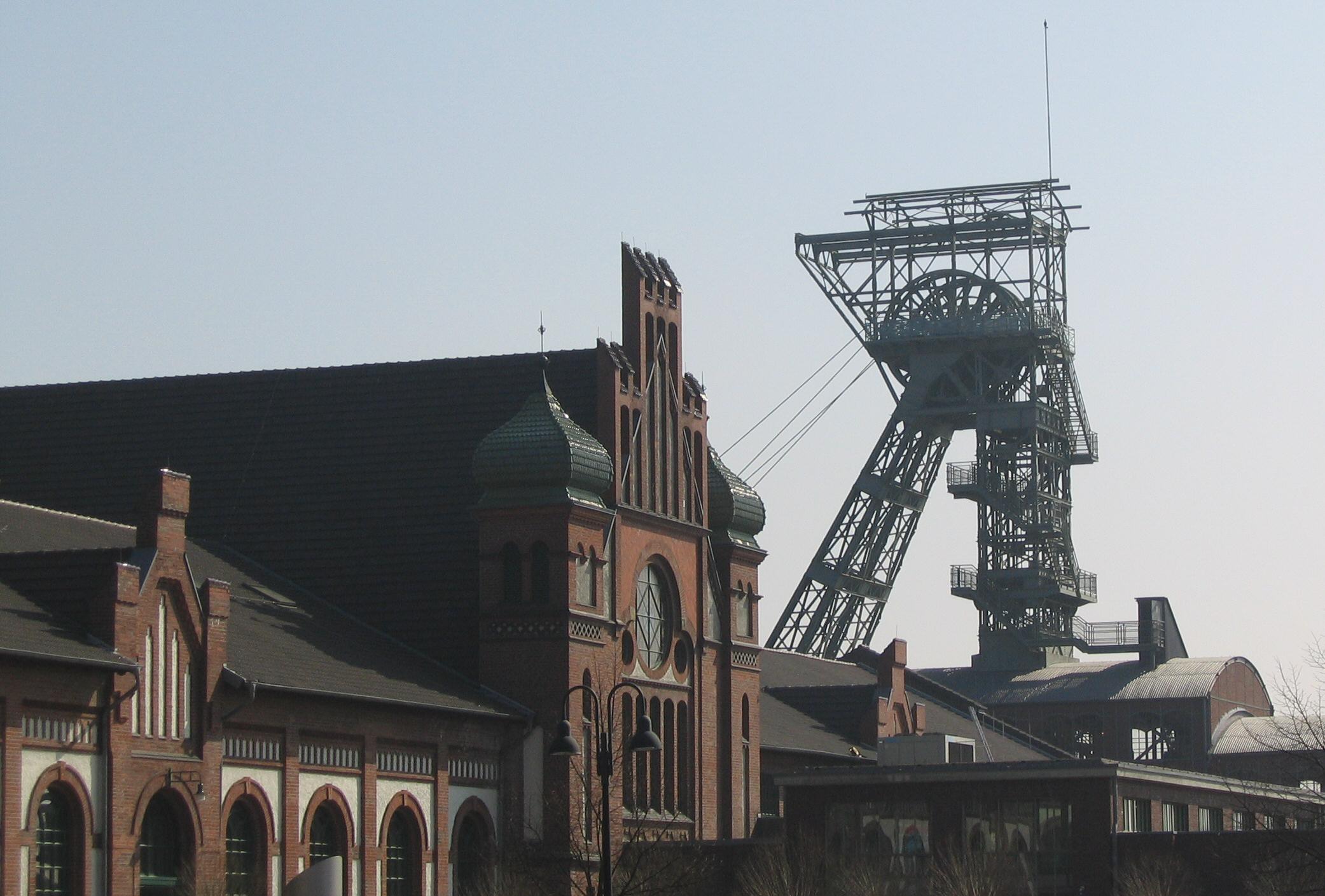Zollern II/IV Colliery on:
[Wikipedia]
[Google]
[Amazon]


 The Zeche Zollern II/IV (translated: Zollern II/IV Colliery) is located in the northwestern suburb of Bövinghausen of
The Zeche Zollern II/IV (translated: Zollern II/IV Colliery) is located in the northwestern suburb of Bövinghausen of
LWL-Industriemuseum
- official site Coal mines in Germany Buildings and structures in Dortmund Art Nouveau architecture in Germany Museums in North Rhine-Westphalia Mining museums in Germany Industrial buildings completed in 1904 Art Nouveau industrial buildings Economy of North Rhine-Westphalia {{NorthRhineWestphalia-struct-stub


 The Zeche Zollern II/IV (translated: Zollern II/IV Colliery) is located in the northwestern suburb of Bövinghausen of
The Zeche Zollern II/IV (translated: Zollern II/IV Colliery) is located in the northwestern suburb of Bövinghausen of Dortmund
Dortmund (; Westphalian nds, Düörpm ; la, Tremonia) is the third-largest city in North Rhine-Westphalia after Cologne and Düsseldorf, and the eighth-largest city of Germany, with a population of 588,250 inhabitants as of 2021. It is the la ...
, Germany
Germany,, officially the Federal Republic of Germany, is a country in Central Europe. It is the second most populous country in Europe after Russia, and the most populous member state of the European Union. Germany is situated betwee ...
. The ''Gelsenkirchener Bergwerks-AG'' projected Zollern in 1898 as a model colliery
Coal mining is the process of extracting coal from the ground. Coal is valued for its energy content and since the 1880s has been widely used to generate electricity. Steel and cement industries use coal as a fuel for extraction of iron from ...
.
Colliery
Ground up construction began in 1898 on a new site. Most of the buildings of the colliery were built in solid brickwork by the architect Paul Knobbe and were completed in 1904 with the central engine house, in which the most up-to-date generators and machinery used in the colliery were housed. The architecture and state-of-the-art technology support the transition ofGothic-revival
Gothic Revival (also referred to as Victorian Gothic, neo-Gothic, or Gothick) is an architectural movement that began in the late 1740s in England. The movement gained momentum and expanded in the first half of the 19th century, as increasingly ...
to Art Nouveau
Art Nouveau (; ) is an international style of art, architecture, and applied art, especially the decorative arts. The style is known by different names in different languages: in German, in Italian, in Catalan, and also known as the Modern ...
and the industrialization of the early 1900s.
Due to deadline pressure, the central engine house was built in iron framework construction with infilling of red brickwork, planned and executed by the ''Gutehoffnungshütte''. The Art Nouveau styled main entrance was designed by the Berlin architect Bruno Möhring, it shows a lead glazing of blue, green and-glass. Counterpart of the main entrance is the big control board of polished marble in brass mounting, with a brass clock hanging from above.
Other buildings on the site include administration bureaus, blacksmith's shop and carpenter's shop, first-aid and fire station with stable, pithead baths, tools store and the central gateway.
Museum
In 1969, three years after it closed down, the colliery was recognized as Germany's first technical building monument of international importance. Since 1981, it has been the headquarters of the Westphalian Industrial Museum. The original pit frames had been scrapped before 1969, two similar constructions from other collieries were reconstructed on this site in the 1980s. The museum is an anchor point on theEuropean Route of Industrial Heritage
The European Route of Industrial Heritage (ERIH) is a tourist route of the most important industrial heritage sites in Europe. This is a tourism industry information initiative to present a network of industrial heritage sites across Europe. The ...
.
References
External links
LWL-Industriemuseum
- official site Coal mines in Germany Buildings and structures in Dortmund Art Nouveau architecture in Germany Museums in North Rhine-Westphalia Mining museums in Germany Industrial buildings completed in 1904 Art Nouveau industrial buildings Economy of North Rhine-Westphalia {{NorthRhineWestphalia-struct-stub